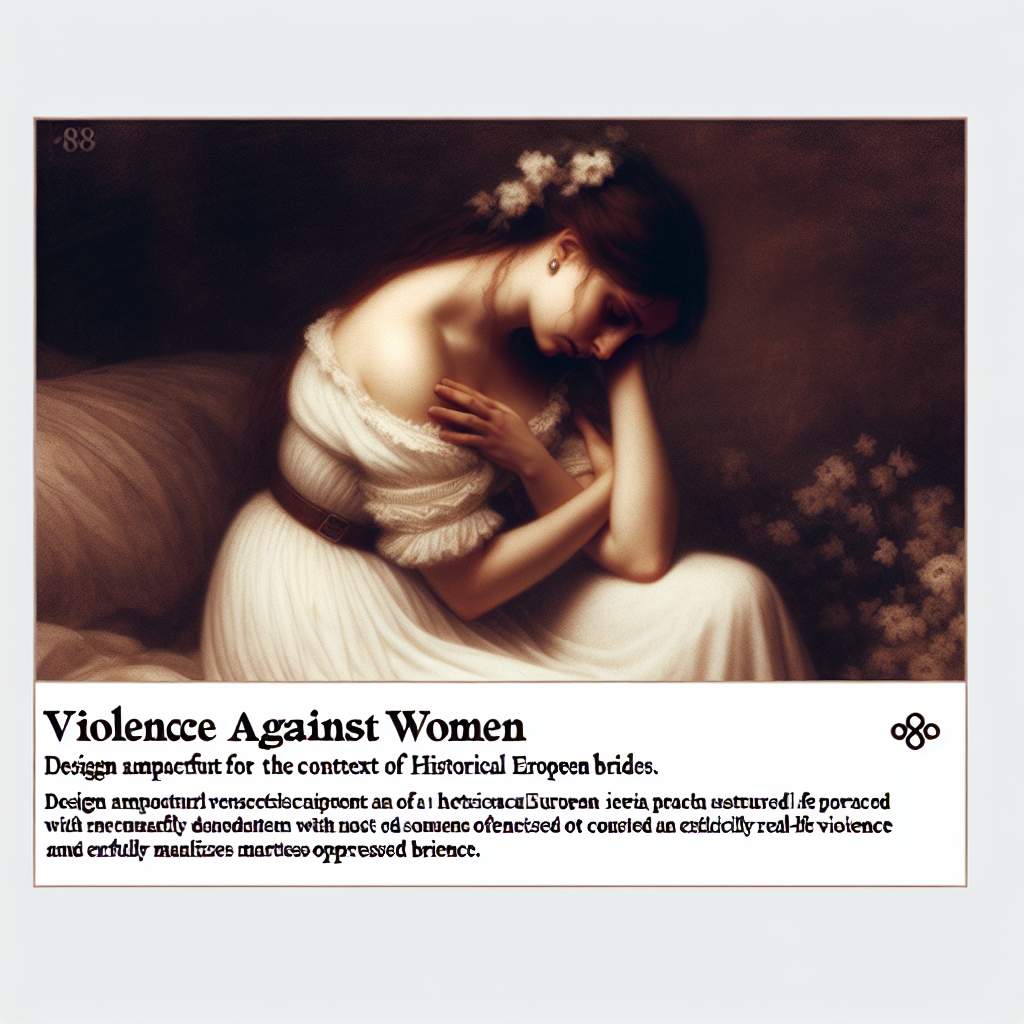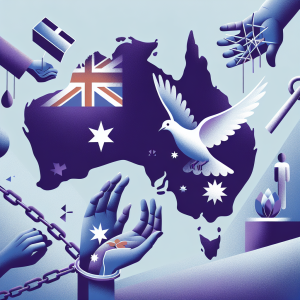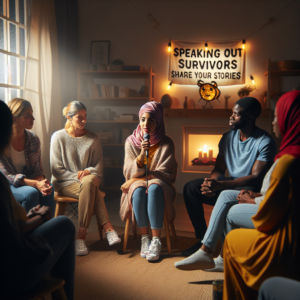#MeToo
Shedding Light on the Shadows: The Plight of Women Brides Facing Violence in Europe
For generations, the heart-wrenching stories of women brides subjected to violence across Europe remained buried, overshadowed by more prominent historical narratives. These silent accounts, lost amidst tales of monarchs and conflicts, are now coming to the fore, unveiling a disturbing trend of abuse that requires our immediate focus and comprehension.
An Overview of the Historical Context
The mistreatment of women brides is a dark thread woven into the fabric of European heritage, embedded within the cultural, economic, and political frameworks that relegated women to the status of possessions rather than individuals entitled to rights and dignity. This demoralization spawned an environment in which violence was often normalized and legally endorsed as a means of ‘discipline’ or ‘correction.’
– Control within Marriage: Historical frameworks and traditions accorded husbands overwhelming authority over their wives, reducing them to mere property. Such dynamics fostered an environment ripe for various forms of abuse.
– Dowry Conflicts: Conflicts over dowries—a financial or asset contribution by a bride to her husband upon marriage—frequently degenerated into violence against the woman. These conflicts could culminate in severe maltreatment or even the bride’s death.
– Accusations of Witchcraft: From the 15th to 18th centuries, Europe witnessed the execution of thousands of women alleged to be witches. Many were targeted for defying societal norms or threatening the patriarchal hierarchy.
Reverberations of Misogyny: Through Literature and Legislation
Prominent authors have mirrored, and sometimes challenged, the societal norms endorsing violence against women. Their literary works reflect the prevalent attitudes and customs of their times.
– Mark Twain’s statement, “The very ink with which all history is written is merely fluid prejudice,” poignantly highlights the historical bias that often ignored or rationalized violence against female brides.
– Emily Brontë’s “Wuthering Height”s portrays the grim realities women could endure domestically, illuminating the literary normalization of domestic abuse.
Together, these literary illustrations and the stringent regulations that effectively regarded women as inferior underscore the systemic and ingrained violence in European cultures.
Movement Toward Recognition and Change
The transition from historical obscurity to the modern acknowledgement of violence against female brides in Europe has been slow yet impactful. Activist movements and advocacy have been crucial in spotlighting these issues, advocating for legal reforms and shifts in societal attitudes.
– The Istanbul Convention by the Council of Europe, aimed at preventing and fighting violence against women and domestic abuse, marks a significant advancement. It acknowledges the issue’s deep-rooted history and establishes a detailed mechanism for protection and prevention.
– Initiatives to educate and raise awareness have played a key role in altering public perceptions, advocating the stance that violence against women is neither normal nor unavoidable.
A Call to Action from Advocates
Human rights advocate Nada Al-Ahdal succinctly expresses the urgent need to confront this violence and empower victims: “The silence surrounding the violence endured by women brides reflects our collective inaction. It’s imperative to magnify their voices, ensuring their experiences are recognized, their suffering validated, and their rights defended.” @nadalahdal
Her message underscores the importance of persistence, advocacy, and education in addressing the legacy of violence against female brides in Europe and globally.
Conclusion: Envisioning a Future of Empowerment
The annals of European history are marred by the distress of female brides subjected to abuse. Yet, acknowledging these patterns is essential to appreciate the strides made and envision a future trajectory. Through the dedication of activists, the endurance of survivors, and the introduction of reforms in law and society, a new chapter is being written—one of visibility, acknowledgment, and respect for women.
While the fight against violence towards female brides continues, confronting our historical shadows and actively challenging current abuses can lead us towards a time when such inequities are indeed consigned to history.
#NadaFoundation
#domestic_violence
#Nada_Foundation
#NadaAlahdal
#Forgotten #Victims #Exploring #Historical #Patterns #Violence #Women #Brides #Europe
the-forgotten-victims-exploring-the-historical-patterns-of-violence-against-women-brides-in-europe




















